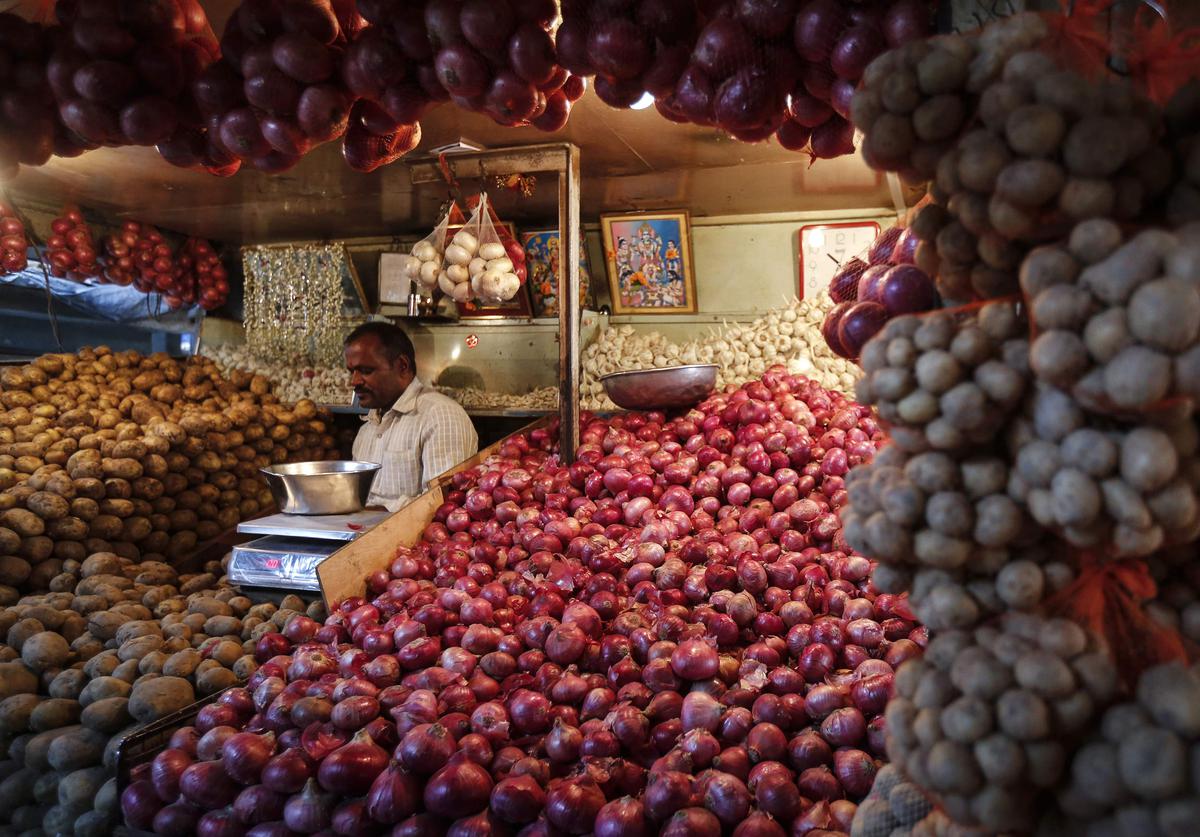In October, India’s industrial activity decreased to 55.5 from 57.5 in September. This month marks the twenty-eighth consecutive month that the seasonally adjusted S&P Global India Manufacturing Purchasing Managers’ IndexTM (PMI) has shown signs of improving sector health. The most recent figure, which indicated the weakest rate of expansion since February, was below the long-run average of 53.9 but up from 57.5 in September.
“The overall number of new orders, production, exports, buying levels, and stockpiles of purchases all increased significantly, albeit more slowly. Business optimism dropped to a five-month low and hiring activity decreased. As production price inflation decreased, cost pressures increased,” according to S&P Global.
At the beginning of the third fiscal quarter, output rose even more, extending the current expansion sequence to more than two years. Businesses attributed the upturn to favorable market conditions and robust intakes of new business. In the meantime, sluggish demand at some plants and competitive pressure caused growth to slow to an eight-month low. The consumer goods sub-sector experienced a particularly noticeable decline, according to detailed data.
The study stated that while an additional rise in new orders was encouraging, the October figures showed the slowest growth since September. Anecdotal data indicated that the upturn was hindered by severe rivalry and weak demand for particular products. It was the slowest growth rate in a year, particularly for consumer products. The rise of foreign sales, like the overall number of new orders, continued to be historically strong even if it slowed down in October. It was the least robust increase in four months. Businesses that saw a rise in foreign orders reported gains from the US, Europe, Asia, and the Middle East.
S&P Global said that the rate of job creation was minimal and the lowest since April, with less than 4% of businesses adding new employees and 95% maintaining current employment levels.
It also said that price patterns were not uniform. Both input costs and output charges went up, but the former’s inflation rate climbed more quickly than the latter’s factory gate charge increase. A number of products had seen price increases, including steel, aluminium, chemicals, leather, paper, rubber, and rubber.

